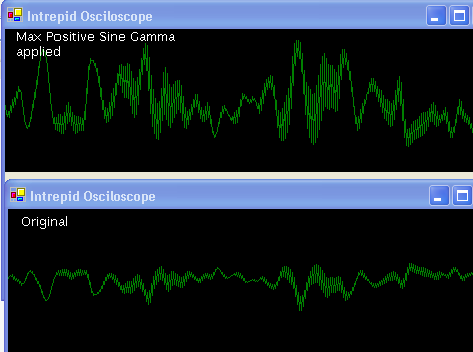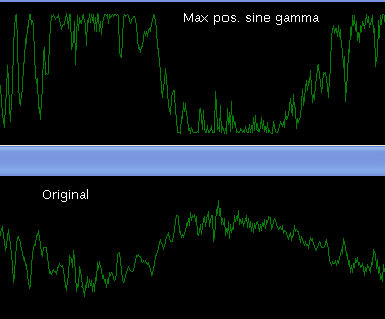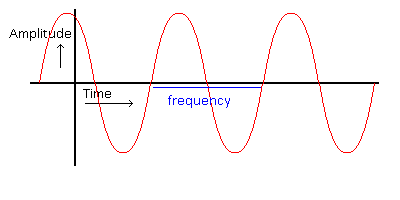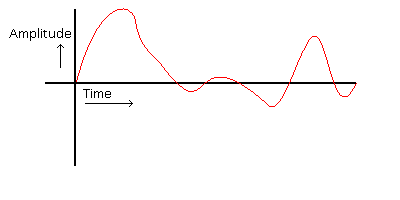Python is great!
>>> d = document() >>> d.html.body.h1.value = "My Site!" >>> d.html.body.p.value = "Welcome to this python generated site" >>> str(d) '<?xml version="1.0" encoding="UTF-8"?>< !DOCTYPE html PUBLIC "-//W3C//DTD XHTML 1.1//EN" "http://www.w3.org/TR/xhtml11/DTD/xhtml11.dtd"> <html xmlns="http://www.w3.org/1999/xhtml" xml:lang="en"> <body><p>Welcome to this python generated site</p> <h1>My site!</h1></body><head><title> </title></head></html>'
(Ignore the added slashes and the additional line breaks caused by wordpress)
By overloading the __get/set/delattr__ functions a html document can be represented like a real python object model.
I’ve just experimented a little bit with python code to ultimately go to write a framework to write nice dynamic python webbased applications in.
Although it appears that the names of the objects (html, body, p, etc) are the tag names, they aren’t. They are the identifiers of the tags.. in case the tag isn’t set by yourself but just created for it didn’t existed it uses as tag its alleged id.
The default created object when no object exists already with that id is a tag. This abstract document won’t be limited to tags. I’ve just made a styleTag class which allows:
d.html.head.style.body["font-family"] = 'verdana'
which is basicly the same as
d.html.head.style.["body"].font-family = 'verdana'
In contrary to the normal tag class where an item is an attribute, this is different in the style tag for CSS got a lot of characters which python doesn’t like (like #).
Being able to manipulate a style sheet that easily allows every custom tag (maybe a datetimepickercontrol) to set its own style information by just using simple python code.
For the styletag isn’t bound to putting its emitted css in the emitted-html string itself in case it is emit-ed in a specific context like a webserver, it can even create a seperate css for this purpose.
Python allows much more dynamic features in a dynamic framework like this than any other language, I`m quite enthousiastic about it and am playing with new idea’s like a little child :-).
All kinds of idea’s would be welcome..
Just wondering whether such a thing has already been written for Python.. anyone knows?




